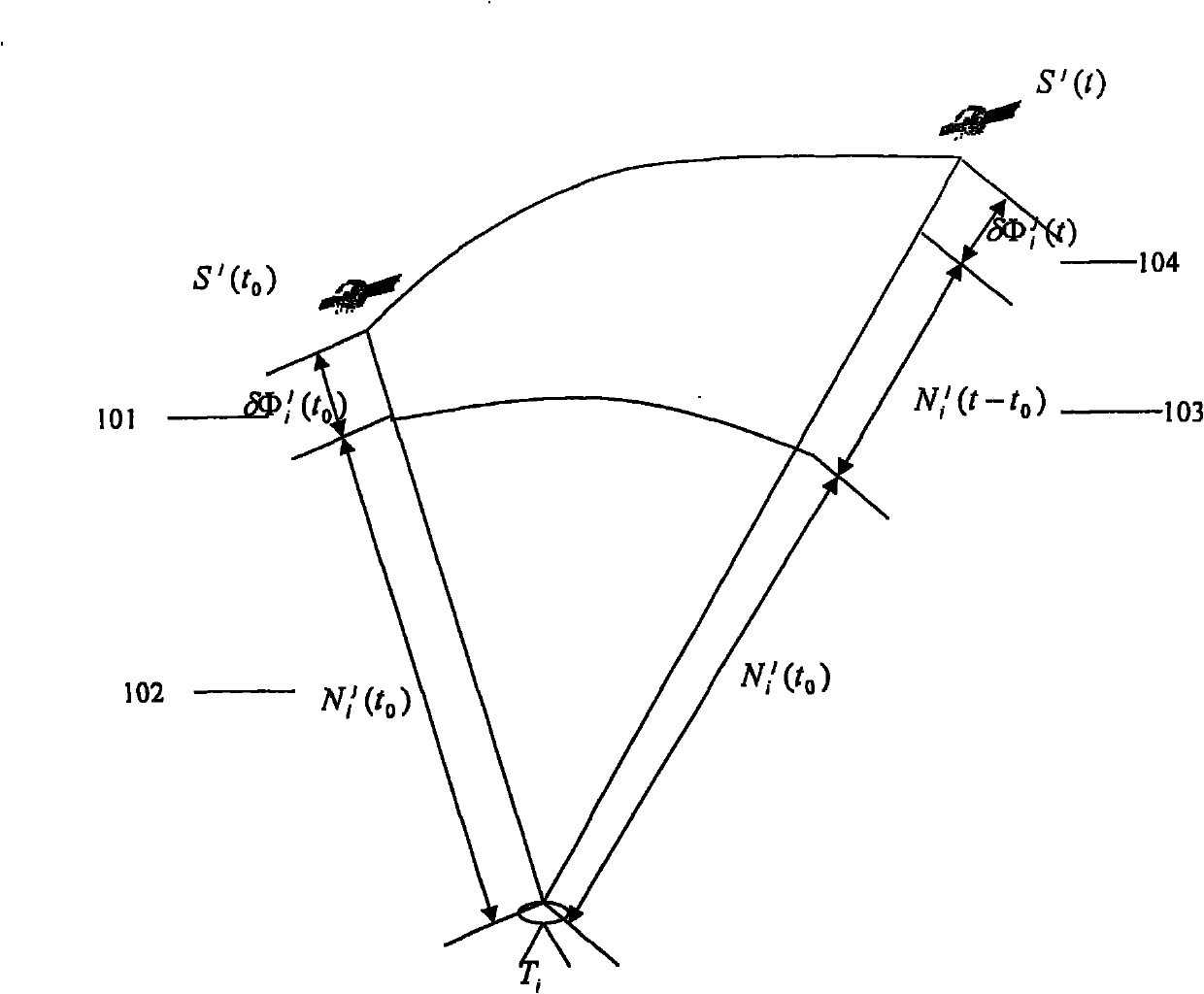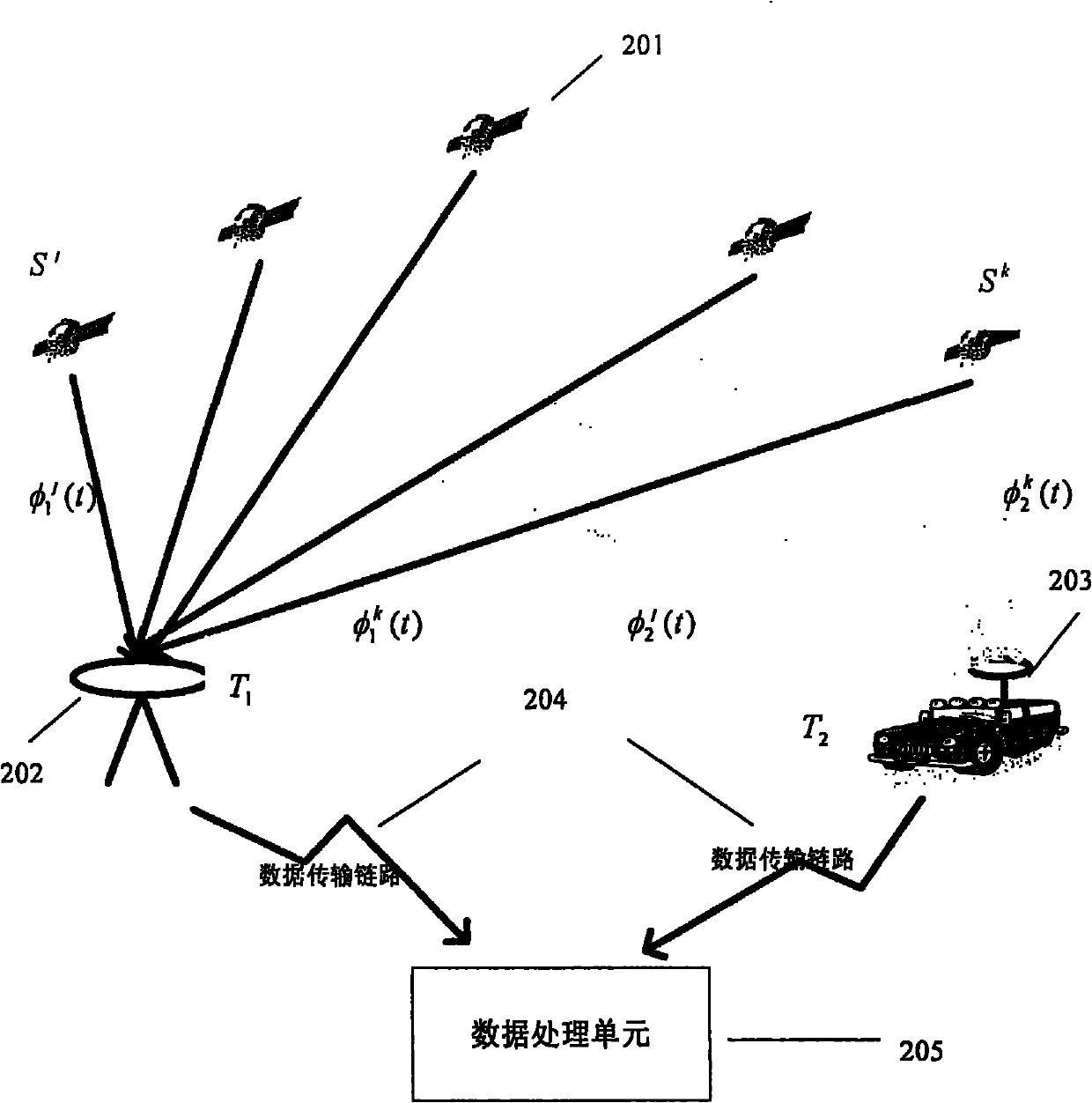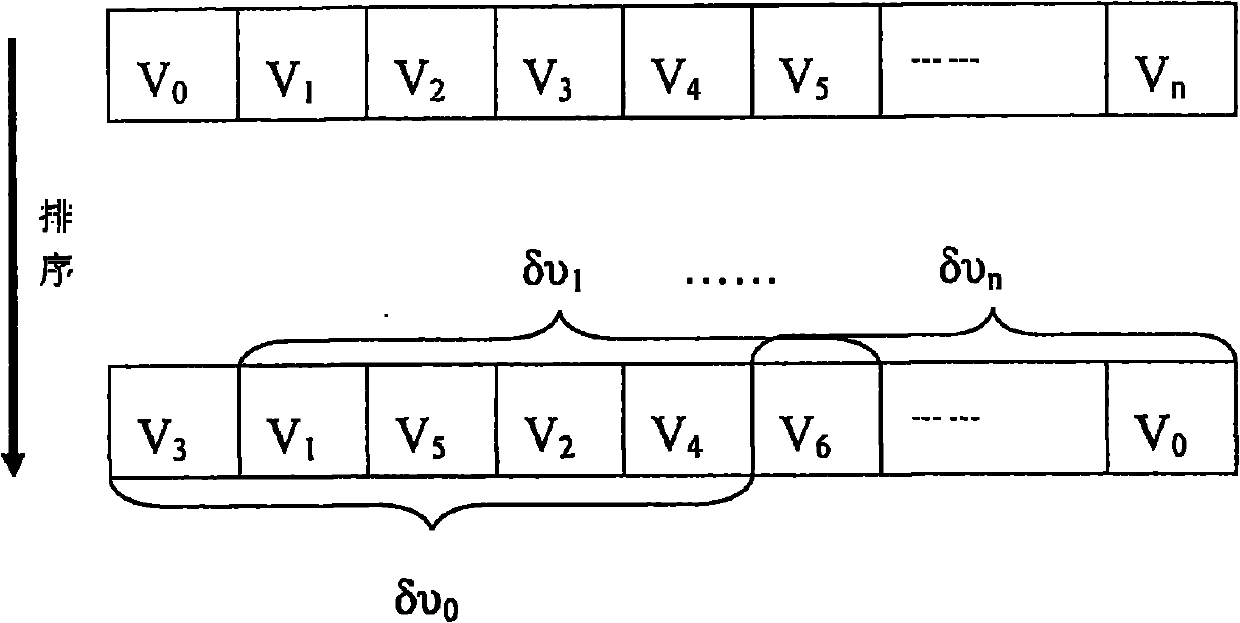Method for detecting and restoring cycle slip of GPS (Global Positioning System) carrier phase under dynamic environment
A dynamic environment, carrier phase technology, applied in the field of global satellite positioning and navigation, can solve the problems of divergence of filtering methods, easy divergence, insensitivity to cycle slip combination, etc., and achieve the effect of simple calculation and small calculation amount
- Summary
- Abstract
- Description
- Claims
- Application Information
AI Technical Summary
Problems solved by technology
Method used
Image
Examples
Embodiment Construction
[0040] In order to make the object, technical solution and advantages of the present invention clearer, the present invention will be described in further detail below in conjunction with specific embodiments and with reference to the accompanying drawings.
[0041] There are two crucial parts in the GPS high-precision positioning system, and they are also hot spots of research. One is the fixation of the carrier phase ambiguity; the other is the detection and repair of the carrier phase cycle slip, especially in the dynamic positioning environment. The detection and repair of cycle slips is particularly important. For convenience, "cycle slip" in the present invention refers to "GPS carrier phase cycle slip".
[0042] figure 1A schematic diagram of carrier phase observations of GPS satellites is described. Theoretically, the carrier phase observation refers to the phase value that the carrier propagates on the path of the satellite station when the GPS signal is received by...
PUM
 Login to View More
Login to View More Abstract
Description
Claims
Application Information
 Login to View More
Login to View More - R&D
- Intellectual Property
- Life Sciences
- Materials
- Tech Scout
- Unparalleled Data Quality
- Higher Quality Content
- 60% Fewer Hallucinations
Browse by: Latest US Patents, China's latest patents, Technical Efficacy Thesaurus, Application Domain, Technology Topic, Popular Technical Reports.
© 2025 PatSnap. All rights reserved.Legal|Privacy policy|Modern Slavery Act Transparency Statement|Sitemap|About US| Contact US: help@patsnap.com



